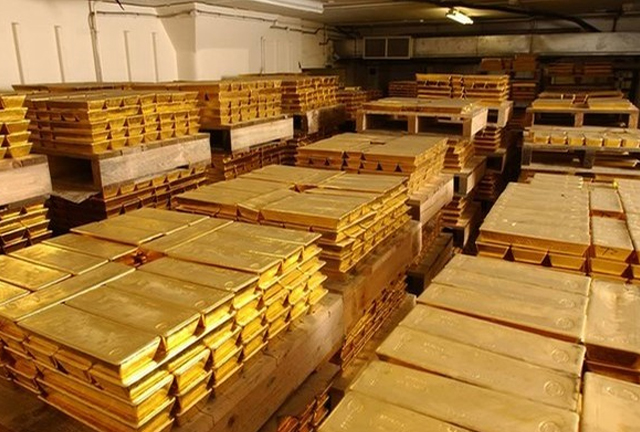Despite the Vice President’s complaints that the government’s interest’ in mining operations are virtually useless, Ghana still made GHȻ 2.16 billion in 2017 from the mining sector.
Overall, the total mining fiscal receipts mobilised by the Ghana Revenue Authority (GRA) increased by 31 percent, from GHȻ1.65 billion in 2016.
This is according to data and research from the Ghana Chamber of Mines and the GRA.
The Vice President, Dr Mahamudu Bawumia, was upset at the perceived lack of cooperation from mining companies at a recent meeting with officials of the IMF and stakeholders in the extractive industry.

The Veep went as far as saying that mining companies operating in the country have since 2012 refused to pay dividends to governments.
He added that the government was taking some practical steps to review the mining laws.
“Ghana as in many countries in the mining sector for example has a carried interest of about 10 percent. Out of this carried interest the expectation is that Ghana would receive dividend for this carried interest in our mines. When we look at the data however, we see a matrix of zeros as far as the dividends that Ghana earns from this carried interest from 2012 is concerned.”
However, the minerals and mining sector retained its position as the foremost source of direct domestic revenue mobilised by the Ghana Revenue Authority (GRA) in 2017.
Specifically, corporate income tax receipts increased from GHȻ 696.9 million in 2016 to GHȻ 969.6 million in 2017 while mineral royalty revenue grew from GHȻ 550.7 million to GHȻ 702.4 million over the same period.
Furthermore, employee income tax increased by 22 percent. The country realised GHȻ 487.9 million in 2017 as compared to GHȻ 399.9 million in 2016.
Regarding share of total direct domestic revenues collected by GRA, the mining and quarrying sector accounted for 16.3 percent of those revenues in 2017.

The Chamber of Mines’ report indicated that the sector’s strong fiscal performance is partly down to a combination of growth in production of large-scale producers and the increases in gold prices.
Also, mining companies’ statutory payments to parastatals and the central government totalled US$ 400.4 million in 2017.
Compensation and payments to employees amounted to US$ 515.1 million in the same period.
Production of Chamber’s member companies
With the increased production and higher gold prices, the mineral revenue of the member companies of the Chamber rose by 13 percent to US$ 5.945 billion in 2017 from US$ 5.262 billion in 2016.
“The upswing in realised mineral revenue was attributable to broad-based growth in output of the producing member companies as well as an increase in the quantity of gold assayed by Precious Minerals Marketing Company (PMMC), which counterbalanced the decline in export of diamonds by PMMC,” the Chamber’s report explained.
Total gold production attributable to the Chamber’s producing members grew from 2.546 million ounces in 2016 to 2.805 million ounces in 2017.
The volume of gold assayed by PMMC increased from 1.570 million ounces to 1.805 million ounces over the same period.
“Likewise, shipments of manganese by Ghana Manganese Company increased from 2.018 million tonnes in 2016 to 3.003 million tonnes in 2017. On the other hand, exports of diamonds by PMMC plummeted from 143,005 carats in 2016 to 86,924 carats in 2017,” the report added.


Comments are closed.